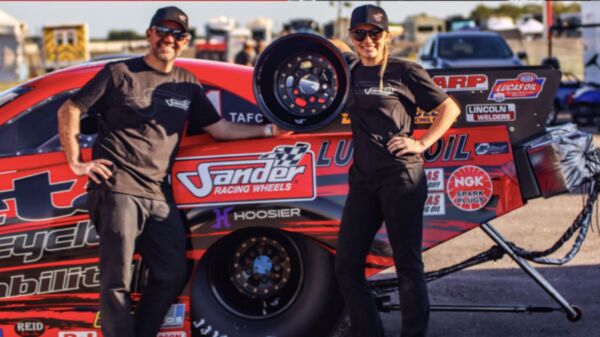It’s been a dozen years since Quain Stott first formed the explosive and wildly popular Southeast Gassers Association, and while there have been many surprises along the way, none have shocked Stott quite as much as driver diversity has. Stott was completely convinced that an ever-aging demographic would be what comprised the membership roster of his gasser club, only the target audience turned out to be much broader than pretty much anyone anticipated.
[Editor’s Note: This story originally appeared in DI #184, the State of Drag Special Issue, in September/October of 2023.]
Oh sure, the Southeast Gassers has its fair share of what you’d consider the “usual suspects,” along with serious racers that are much younger. Former Pro Modified pioneers have even found their way to the Southeast Gassers, including Terry Housley and Ted Smith, along with Quain and his brother, Mitch, both of whom had decorated Pro Modified careers, with each winning IHRA world championships. Even Pro Mod pioneer and legendary chassis builder Tommy Mauney has been spotted behind the wheel at these events. Square that with the inclusion of several father/daughter teams, each wheeling their own gear-banging race cars in a heads-up slugfest to the finish line.
The enthusiastic audience in the grandstands is just as diverse, which only further demolished what Stott envisioned this club would attract in the way of spectators. “I just figured the whole SEGA thing would be something to play around with and didn’t really have a clue that it would explode into the following that it has become,” Stott says. “And then there are the backup girls; they could be a class all by themselves since they get as many social media ‘likes’ and comments as the cars!”
An unbelievable amount of work and dedication took this series from basically nothing to eventually the day in 2019 when the Mattel Toy company rang Stott’s telephone, desiring to launch a Southeast Gasser line of Hot Wheels cars! “Mattel even produced a SEGA-themed A/FX truck and trailer!” says Stott, which completely blew his mind.
From the humble beginnings of a series that was supposed to be a complete flop (or so Stott was told by so many), each victory is especially sweet, and the journey has been something of a grand adventure that continues to unfold. “If you want to go all the way back to the very beginning – even before our first race in Greer, South Carolina – this whole thing got started with me and Greg Porter match racing,” recalls Stott.
There was some apparent interest in expanding it into something more, but Stott’s vision was far too “period correct” for most people to embrace, and many tried explaining to him that there was no way people were going to go to this much trouble to build a car “wrong” on purpose! Stott’s idea of an authentic gasser series was to build and race automobiles using the exact technology that was available, say, more than a half-century ago!
When people got a look at the rulebook for this proposed series, they thought Stott had lost his mind. When it came time for the first race – which took roughly 6-8 months in the planning stages – Stott even wondered how many period correct gassers existed within a 400-mile radius…and would they even want to race them, he wondered?
A grand total of seven cars (one of which belonged to Stott) showed up at Greer Dragway for the inaugural event 12 years ago. Stott instantly realized the whole deal had potential, but he was determined that the newly-formed Southeast Gasser Association was in no way going to evolve into just another group where an antique body is draped over a modern chassis and the word “gasser” is proudly presented with a completely straight face.
Regardless of the pushback, Stott was resolved to enforce the strictest nostalgia series in the world, with a successful portrayal of a weight-to-cubic-inch, heads-up eliminator, all while driving shockingly fast race cars equipped with 4-speed, manually-shifted transmissions. And for added mystique and mischief, he decided to turn off the scoreboards, leaving much to the imagination for those in the stands. People began showing up in droves and also staying late.
“I think that’s why the bleachers are still full at the end of the day, and if you go up and ask the fans who they think is gonna win, they don’t have a clue,” smiles Stott, and that’s the way he likes it. “If you sit and watch qualifying and see the times on the scoreboards, you pretty much have a good idea of who’s going to win, but there’s an element of mystery when you don’t display the times. Oh, don’t get me wrong, fans still fuss about wanting us to show the times, but I just say, ‘Guess what, we ain’t!’”
Regardless of their occasional griping, folks can’t seem to pull themselves away from Stott’s drug. The humorous nickname “Quaincaine” even began to circulate recently due to SEGA’s highly-addictive qualities. As a compromise to a full-on disclosure of performance, someone did suggest displaying the times in the final round only, and Stott has actually given it some thought, but so far, he hasn’t let the genie out of the bottle.
Stott doesn’t mind disclosing various records, including the incredible elapsed time of 5.25 seconds from a racer in A/Gas, which is impressive considering the rulebook for A/Gas alone…which would take more ink to publish than this entire article! Despite a litany of unique engine/chassis combinations, a mere three-hundredths of a second separates the top runners in A/Gas.
“The Super Stock class has exploded in popularity too and features heavily-restricted cylinder heads, single carbs, 7-inch tires, and hardly any suspension mods, including no ladder bars or 4-link, and the record is 6.58!” says Stott.
All told, the fledgling series that started with seven cars competing in a single eliminator has now topped 103 entries at a single event and now boasts four main classes, plus H/Gas and A/FX, which Stott hopes will become official classes if the membership levels continue to increase. The SEGA series has 10 events on the schedule in 2023, and the organization has grown to have 11 paid employees to make this show happen.
Imagine the scrutiny involved in achieving parity alone, not to mention other contraband the tech department is always on the lookout for, including decals that don’t meet spec. You read that right! Stott has even turned down sponsor money when the proposed company refused to make a nostalgic-looking logo! Even the facilities that host SEGA events must also “look the part” of being somewhat vintage, and there’s currently a waiting list of 23 tracks wanting to be considered for a chance to host this group and their cult-following of fans.
Without question, Stott has taken the idea of “period correct” to absurd levels, it seems, but the results of this program are speaking volumes. “Someone asked me recently how I attracted such a high-quality group of individuals, and the answer is simple: I’ve made it difficult to do. I could have 500 cars at the next race if I’d open up the rules.”
The magic formula that this deal generates is not only difficult to manufacture, but it has also sent shockwaves through the drag racing landscape. And while there are fans of all ages in the grandstands, the generation who lived through this golden age when it was happening in real-time can hardly tell the difference. “I’ve had 80-year-old men walk up to me with tears in their eyes and tell me this is just how they remember it,” Stott says. “Another guy in his 80s told me once, ‘You’ve made me feel like I’m 18 again!’”
The sheer workload and late nights required to keep this series marching forward have increased significantly over the years, much more than Stott ever imagined, but the accolades he continues to receive have proven more than enough to keep the fire of desire burning strong. “This sport has been real good to me, and I figured the best way to give back was to protect its history,” he concludes.


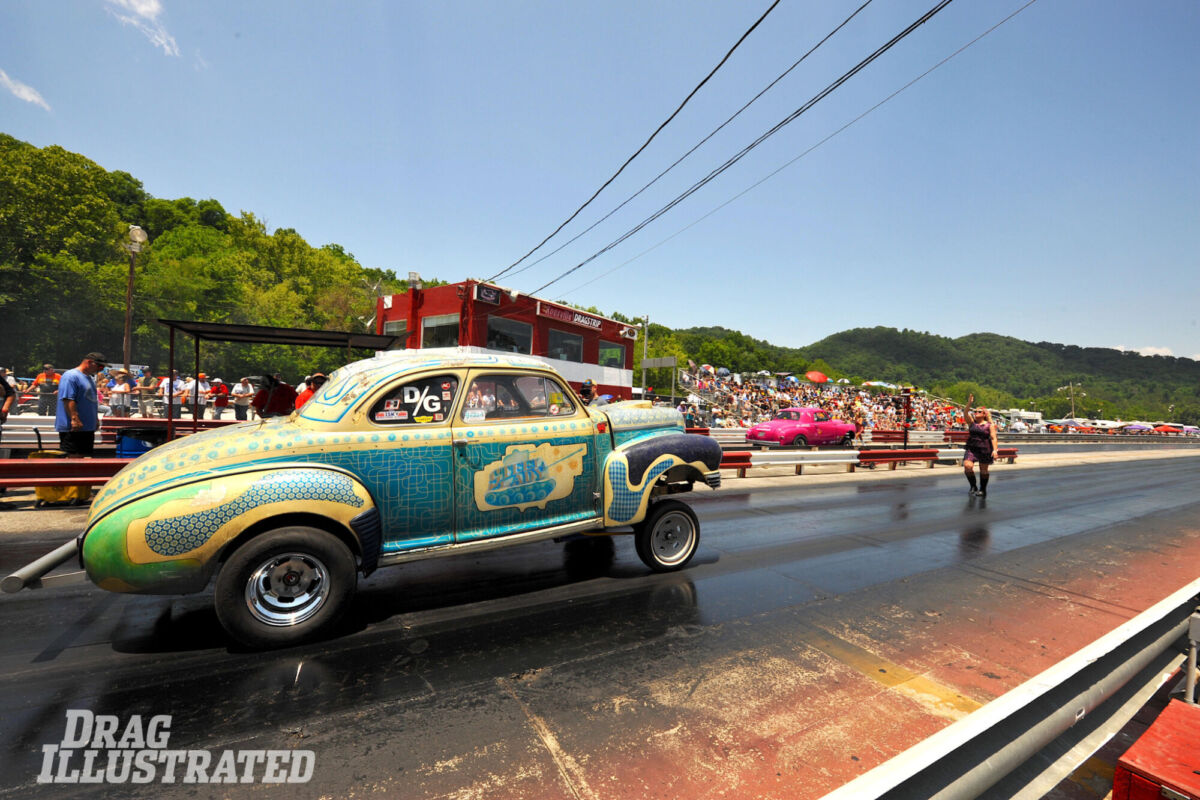











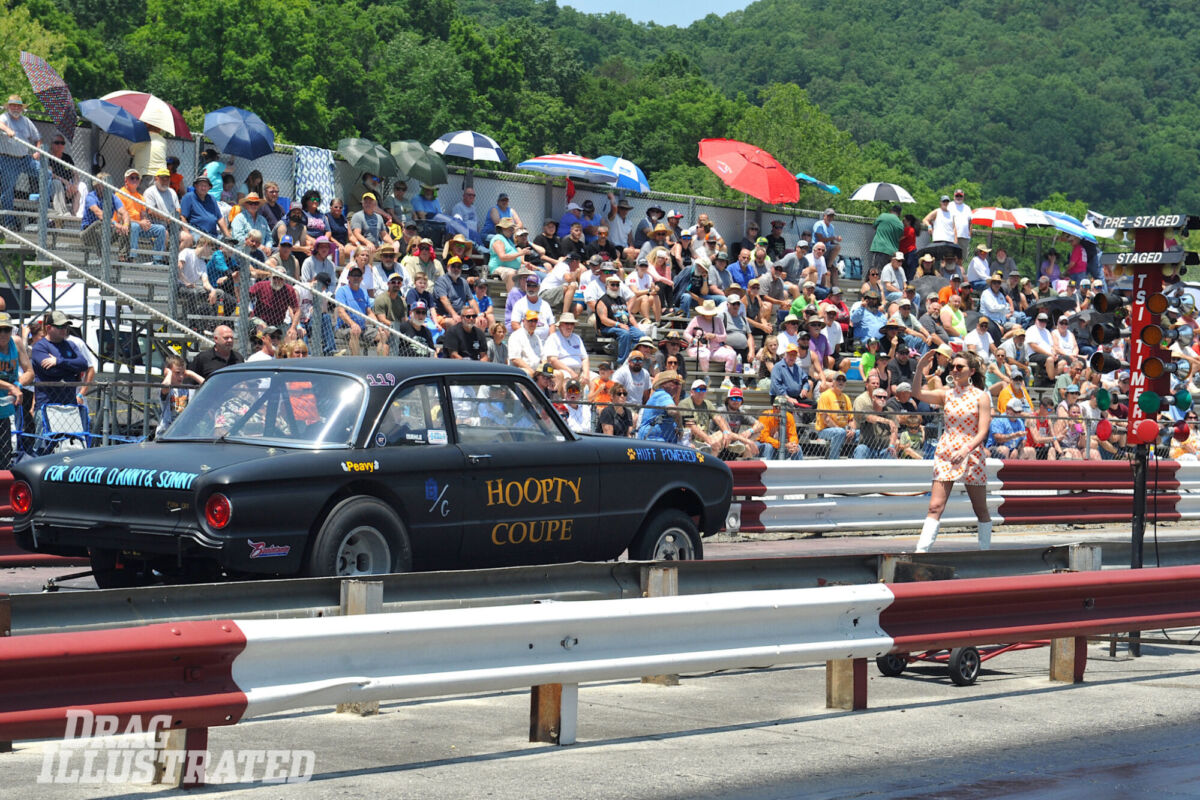

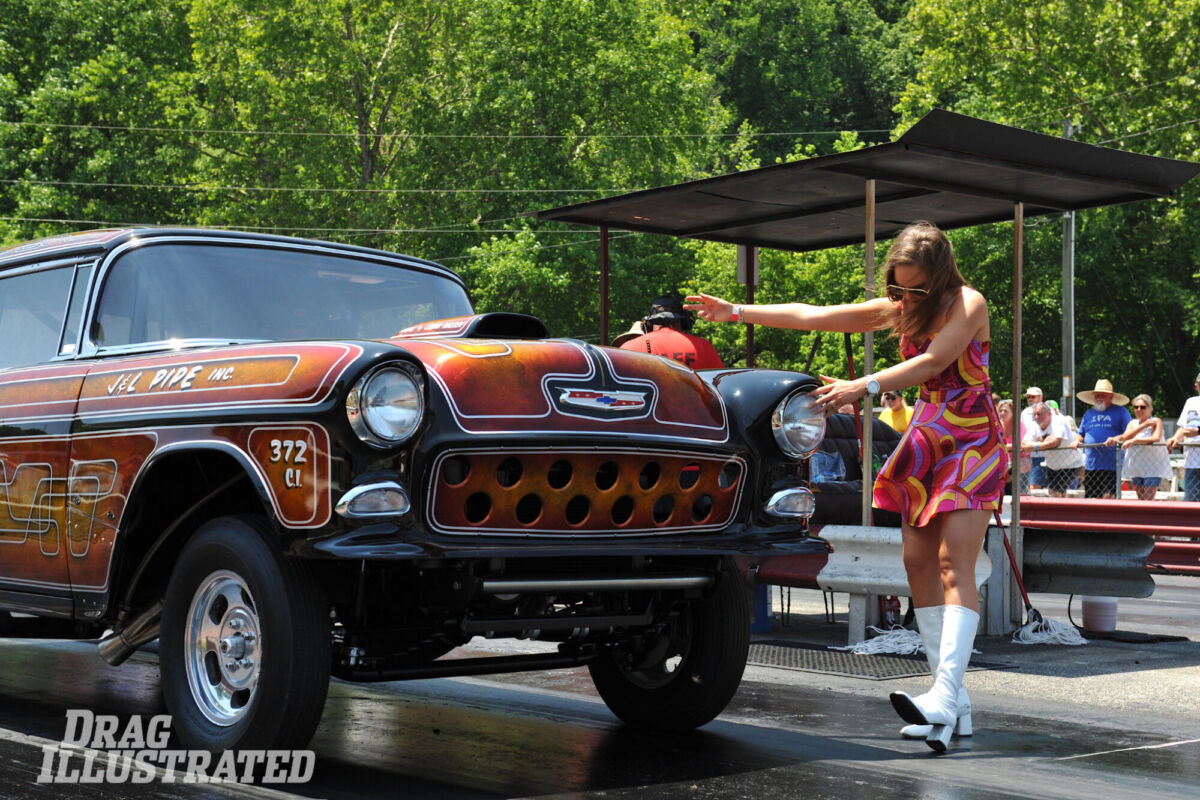




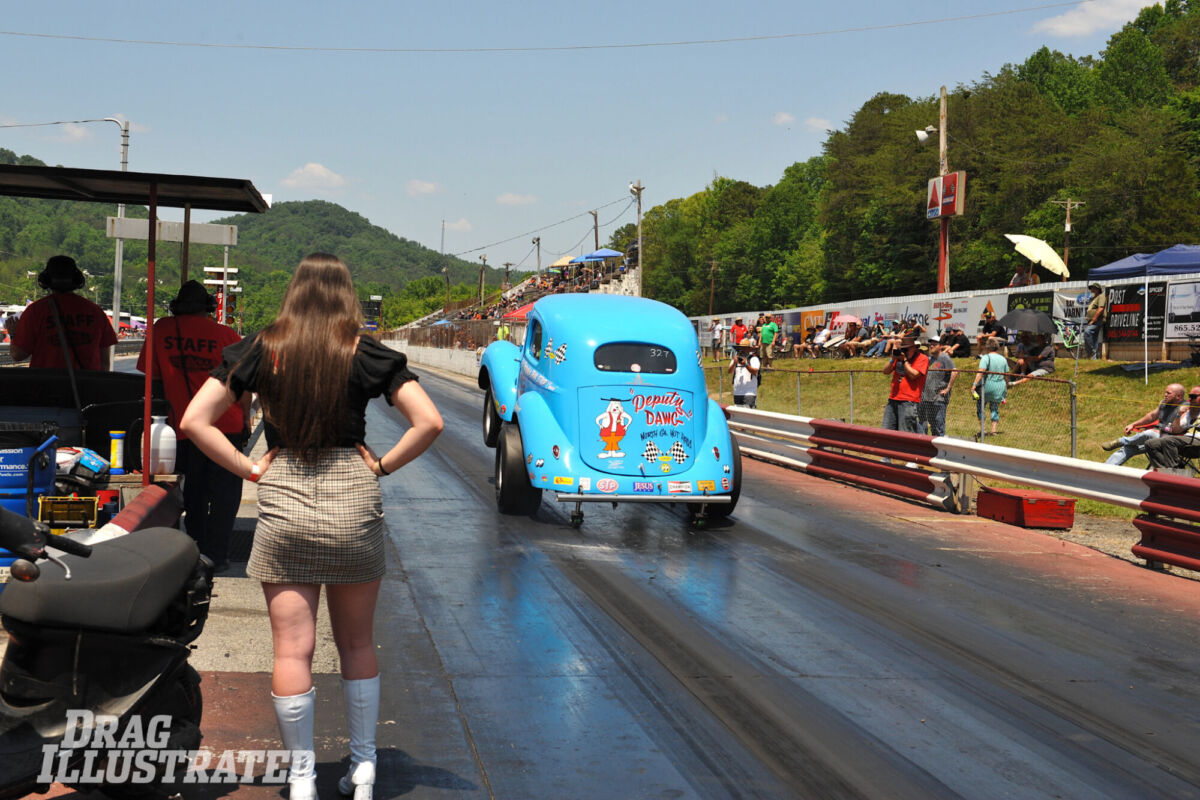

















This story was originally published on October 19, 2023. 








